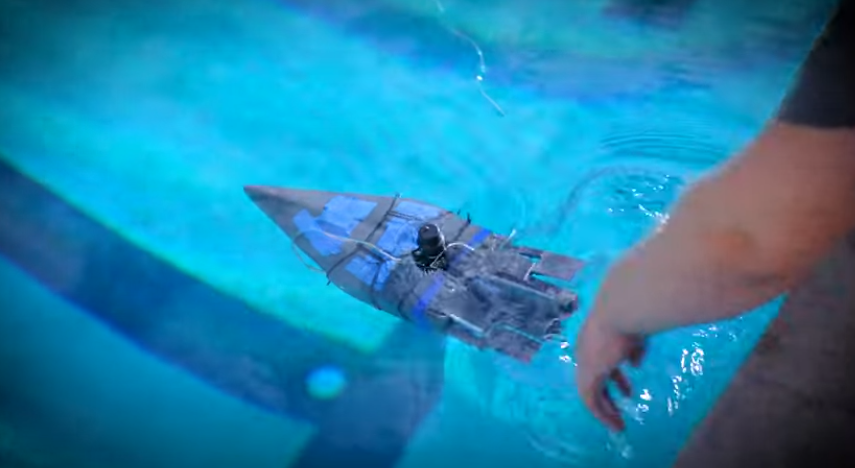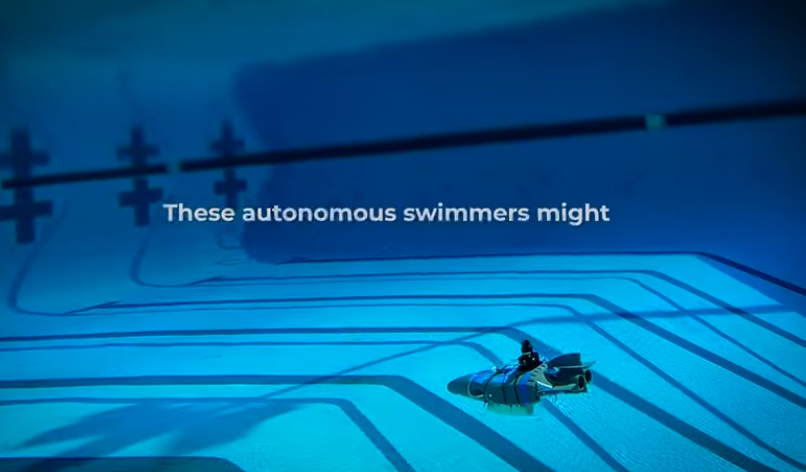News
The size of a cell phone: NASA has begun testing tiny underwater robots. Photos and videos
NASA has begun testing underwater robots for future missions in the ocean. They were developed to search for life on the distant Moon, but recently began their work in a swimming pool here on Earth.
The project involves creating a swarm of dozens of self-propelled floating robots the size of mobile phones that will approach and search the ocean depths for chemical and temperature signals that could indicate life. According to NASA, the SWIM robots - short for Sensing With Independent Microwimmer - demonstrated amazing maneuverability during recent tests in the California Institute of Technology (Caltech) swimming pool.
The SWIM team's latest development is a 3D-printed plastic prototype that relies on inexpensive commercial motors and electronics. Driven by two propellers with four flaps for control, the prototype demonstrated controlled maneuvering, the ability to stay in place and adjust its course, and the movements of a "lawn mower" moving back and forth. It did all this autonomously, without direct intervention from the team. The robot even spelled out the words "J-P-L" (Jet Propulsion Laboratory).
"People might ask why NASA is developing an underwater robot for space exploration. It's because there are places in the solar system we want to go to look for life, and we think life needs water," explains Ethan Schaller, principal investigator of the project at JPL, adding that NASA needs robots that can explore this environment - autonomously, hundreds of millions of miles from home.
A series of prototypes of the SWIM concept being developed at JPL were recently tested in the 25-meter competition pool at the California Institute of Technology in Pasadena. The results were encouraging.
"It's great to build a robot from scratch and see it perform well in its environment. Underwater robots in general are very complex, and this is just the first of a number of projects we will have to work on to prepare for the journey into the ocean world. But this is proof that we can build these robots with the capabilities we need and begin to understand the challenges they will face during an underwater mission," said Schaller.
The robot used for the pool test was about 42 centimeters long. The team hopes to eventually reduce its length to about 12 centimeters, i.e. no larger than a cell phone. To ensure that it could be rescued if necessary during any of the 20 rounds of testing in the 25-meter pool, it was attached to a fishing line, and an engineer walked alongside the fishing rod.
Earlier, OBOZ.UA reported that a NASA astronaut showed a shining photo of the Earth from space. Traces of thousands of Starlink got into the frame.
Only verified information is available on our Telegram channel OBOZ.UA and Viber. Do not fall for fakes!





























